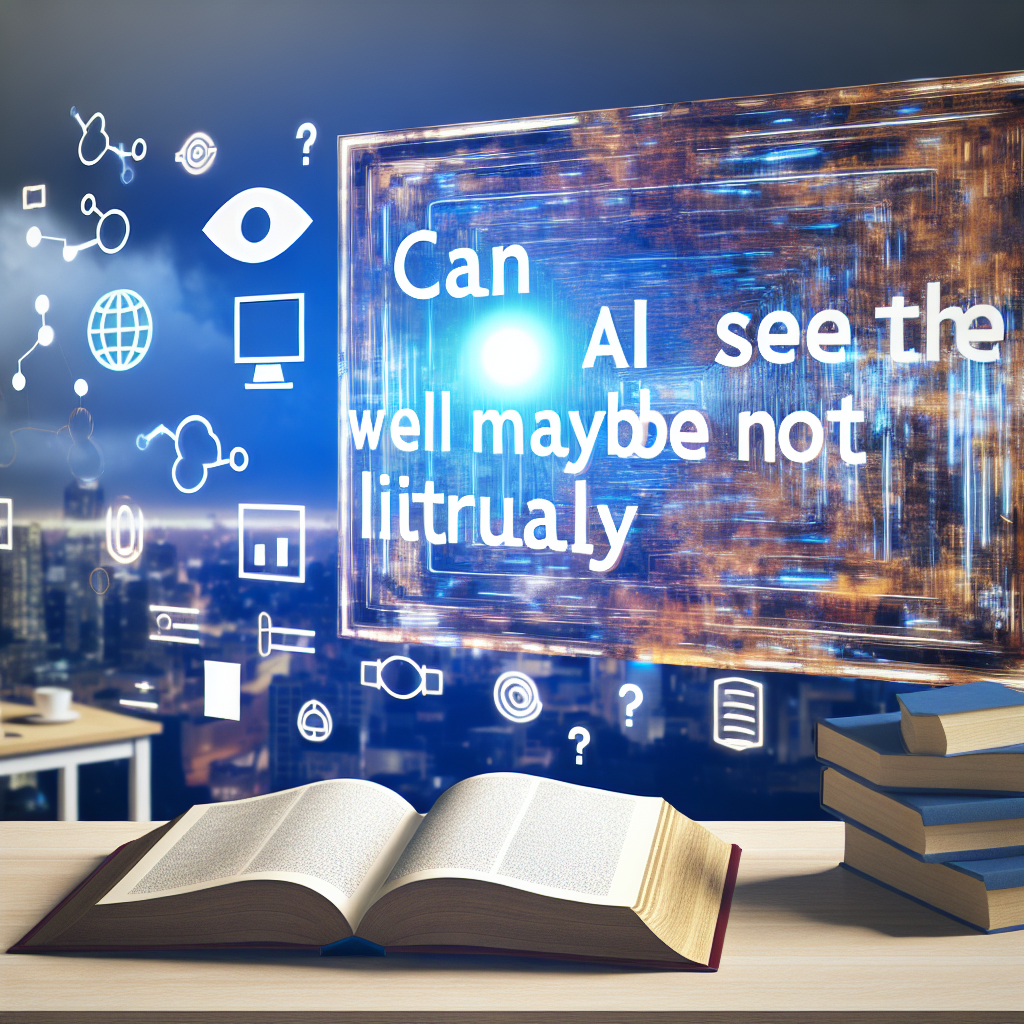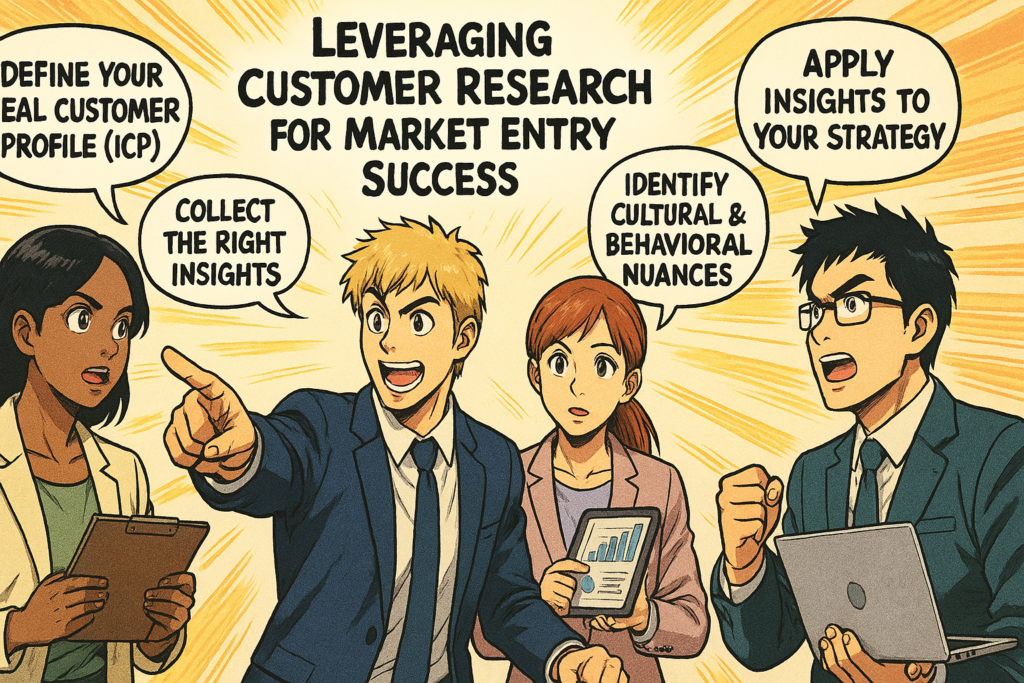Stop Guessing. Start Leading: The Strategic Truth About AI Predictions
The Hype is Dead. The Future is Smart.
Let’s be direct. AI isn’t a crystal ball. It’s not clairvoyant. If you’re banking on a sci-fi future where algorithms magically “see” tomorrow, you’re not just wrong – you’re strategically vulnerable. AI is a powerhouse for forecasting and pattern recognition, built on data. Its accuracy lives and dies by the quality and extent of that data. Understanding the true limits of AI predictions isn’t just important; it’s your non-negotiable first step to harnessing its immense power and driving real value. Don’t fall for the hype. Master the reality.
Forget gut feelings. AI delivers educated guesses designed to navigate complexity, not eliminate it. It suggests the most probable scenarios, giving you a decisive edge. But here’s the critical insight: AI isn’t immune to black swans or incomplete data. Knowing these boundaries transforms AI from a potential pitfall into a strategic asset. This is how you leverage AI effectively, instead of being blindsided by its inherent weaknesses.
The Engine Room: How AI Predictions Actually Work
To master AI, you must understand its mechanics. This isn’t magic; it’s a meticulously engineered process. This is the foundation.
Data: Your Fuel For Foresight. Or Your Fatal Flaw.
Every AI prediction starts with data—mountains of it. But not just any data. Relevant data. This is your fuel. Without it, you’re going nowhere. Data can be:
- Structured: Sales figures, sensor readings, financial transactions. Organized, neat, predictable.
- Unstructured: Social media posts, images, raw text. Messy, rich, complex.
Before a single prediction happens, this data undergoes rigorous preprocessing: cleaning, filling gaps, transforming. Why? Because “garbage in, garbage out” isn’t just a cliché for AI; it’s an iron law. Neglect this step, and you’re building on quicksand. You will fail.

Models: Your Pattern Powerhouses. Choose Wisely.
Data prepped? Now, machine learning algorithms step in. Their job? To uncover hidden patterns and correlations. These are your workhorses, your strategic assets:
- Regression analysis: For trend predictions – where is this going? What’s the trajectory?
- Time series analysis: For sequential data forecasting – what happens next in this specific sequence?
- Classification models: To categorize potential outcomes – what type of event is this likely to be? What’s the probability?
These models learn from historical data, constantly refining their understanding. The more good, clean data they get, the smarter they become. That’s your competitive advantage.
The Acid Test: Training, Validation & Avoiding Overfitting. Don’t Skip This.
You wouldn’t launch a product without brutal testing. The same rule applies to AI. Models are trained on a subset of data, then ruthlessly tested on new, unseen data. This “validation” phase is non-negotiable. It exposes overfitting – where a model looks brilliant on familiar data but collapses in the real world. Robust validation ensures your predictions hold up when it truly counts. This is where your investment pays off, or crashes.
Real ROI: Where AI Predictions Deliver Strategic Value
Enough theory. This is where the rubber meets the road. AI prediction, applied strategically, delivers tangible, game-changing value across industries. This isn’t just about efficiency; it’s about competitive dominance.
Healthcare: Predicting Health, Saving Lives. That’s Impact.
In medicine, AI predictions are a profound game-changer. They empower professionals to forecast disease progression and patient outcomes. Imagine:
- Predicting patient risk for chronic conditions years in advance – enabling proactive intervention.
- Suggesting personalized treatment plans, precisely tailored to a patient’s unique genetic data.
- Forecasting hospital admission rates to optimize resource allocation, preventing crises and saving critical resources.
These insights don’t just enable proactive care; they literally save lives. That’s not just impact; it’s a legacy.
Finance: Navigating Volatility, Dominating Risk.
The financial world is a vortex of data – a perfect storm for AI. Institutions leverage it for market trend prediction and critical fraud detection. AI systems dissect complex variables with unparalleled speed:
- Historical stock prices – not just what happened, but the granular how and why.
- Economic indicators – global shifts, local impacts, subtle signals others miss.
- Transaction behaviors – flagging anomalies that no human eye could ever catch.
This empowers traders to seize fleeting investment opportunities and banks to manage credit risk with unprecedented precision. This is about building smarter wealth, not just chasing more.
Supply Chain: Optimize Operations, Maximize Strategic Advantage.
Supply chains are complex, interconnected beasts. AI predicts demand fluctuations influenced by seasonality, promotions, or even geopolitical shifts. The outcome? Drastically optimized inventory levels and delivery schedules. Companies slash waste, elevate customer satisfaction, and perfectly align supply with predicted demand. This isn’t just efficiency; this is a ruthless strategic advantage. This is how you win in a volatile market.
The Trap: Why Blind Trust in AI Predictions Kills Your Business
Here’s the hard truth, a non-negotiable warning: AI is a tool. A powerful one. But unchecked over-reliance on it is a direct, fast track to disaster. You must understand the pitfalls. Don’t be naive.
Data Bias: The Silent Killer of Trust and Value.
Your AI models are only as unbiased as the data they devour. If your historical data carries prejudices, lacks representation, or is simply flawed, your AI won’t just inherit those biases – it will amplify them. This leads to skewed predictions, perpetuating errors, and even catastrophic, unfair outcomes. This isn’t just a technical glitch; it’s an ethical and strategic disaster. You cannot build a fair, successful future on rotten data. Period.
Black Swans: When Data Fails. Your Contingency.
Unexpected, high-impact events – natural disasters, political upheavals, sudden market crashes – these defy conventional data patterns. These black swan events can render even the most sophisticated AI predictions utterly useless. They brutally expose the undeniable limits of data-only forecasting. You need more than just numbers when the world changes overnight. Are you prepared?
Overreliance: The Human Factor is Non-Negotiable. Don’t Abdicate.
This is paramount: blindly trusting AI predictions without critical human judgment is a guaranteed recipe for costly, potentially business-ending mistakes. Especially in high-stakes fields like medicine or finance, AI insights are a starting point. They must be fused with expert knowledge. Your human intuition, contextual understanding, and ethical compass are irreplaceable. AI augments; it does not, and cannot, replace your strategic brainpower. Don’t abdicate your responsibility.
The Winning Formula: Hybrid Approaches to AI Forecasting. This is How You Win.
So, what’s the answer? It’s not AI versus Human. That’s a false dichotomy. It’s AI plus Human. This is the winning formula. This is how you achieve mastery.
AI + Human Insight: The Ultimate Power Combo. Leverage Both.
The best predictions – the truly transformative ones – emerge when you seamlessly integrate AI’s raw processing power with human intuition, critical thinking, and deep contextual understanding. Experts can scrutinize AI outputs, interpret anomalies, and apply years of domain knowledge to refine decisions. This isn’t about either/or; it’s about a relentless pursuit of synergy. This is how you master complex problem-solving and unlock unparalleled value.
Real-Time & Alternative Data: Future-Proofing Your Predictions. Be Agile.
Stop relying solely on yesterday’s news. Elevate your AI forecasting with real-time data feeds: sensor networks, social media sentiment, live market indicators. Incorporate alternative data sources that capture emerging trends – insights not found in traditional datasets. This keeps your models agile, responsive, and relentlessly relevant in a dynamic, ever-changing world.

Continuous Learning: Stay Relevant, Stay Ahead. Never Settle.
AI systems are not “set it and forget it” solutions. They demand continuous retraining on fresh data to adapt to constantly changing conditions. This ongoing learning maintains relevance and dramatically improves accuracy over time. In today’s hyper-evolving environments, continuous learning isn’t a luxury; it’s essential for your AI models to remain effective and for you to stay ahead of the curve. Never settle for static solutions.
Beyond the Algorithm: Ethics, Transparency, and Accountability. Own This.
As AI increasingly influences critical decisions – yours, your business’s, your clients’ – the ethical considerations become paramount. This isn’t optional. You need to take ownership. You are responsible.
Own Your Decisions: Accountability is Non-Negotiable.
Transparency about how your AI models work – and, critically, their inherent limitations – is absolutely non-negotiable. Organizations must establish clear accountability to prevent unintended harm from misinformed, AI-driven decisions. If you leverage AI, you are unequivocally responsible for its outputs and their consequences. Build a data-driven culture that prioritizes ethical use from the ground up. There is no other way.
Educate Your Team: Understand the Probabilities. Empower Them.
Empower your team. Educating users on the probabilistic nature of AI predictions fosters responsible, confident use. When people truly grasp that AI forecasts suggest possibilities, not certainties, they manage risk better, make smarter decisions, and build unshakeable trust with stakeholders. This isn’t about selling AI; it’s about intelligent, informed utilization. This is about building a capable team.
The Horizon: What’s Next for AI in Strategic Prediction?
The journey of AI prediction is just beginning. This isn’t the finish line; it’s the starting gun. Expect relentless advancements in computational power, data availability, and algorithmic sophistication. Emerging techniques like explainable AI (XAI) are designed to pull back the curtain, making forecasts transparent, auditable, and, crucially, trustworthy. While AI may never literally “see” the future, it is rapidly becoming an indispensable tool for navigating uncertainty and making sharper, more strategic choices. This is your advantage.
For a deeper dive into the bleeding edge of AI’s impact, explore resources like OpenAI’s research publications. This is where the future is actively being built. Stay ahead. Do the work.
The ultimate truth? Effective AI prediction isn’t about replacing human insight; it’s about a masterful balance of technology’s raw power and human wisdom. Appreciate its immense capabilities. Respect its inherent limitations. Embrace this balanced, strategic perspective, and you will unlock AI’s true, transformative potential across every facet of your business and creative endeavors. Don’t just use AI. Master it. Dominate your future.
Start harnessing the definitive benefits of AI predictions today. Integrate them thoughtfully, strategically, into your planning and decision-making processes. For personalized guidance and advanced AI solutions that truly deliver measurable value, visit your-service-page.html. Connect with experts ready to assist you in exploring AI’s capabilities in your business or projects. Stop guessing. Start leading. Build your legacy.



